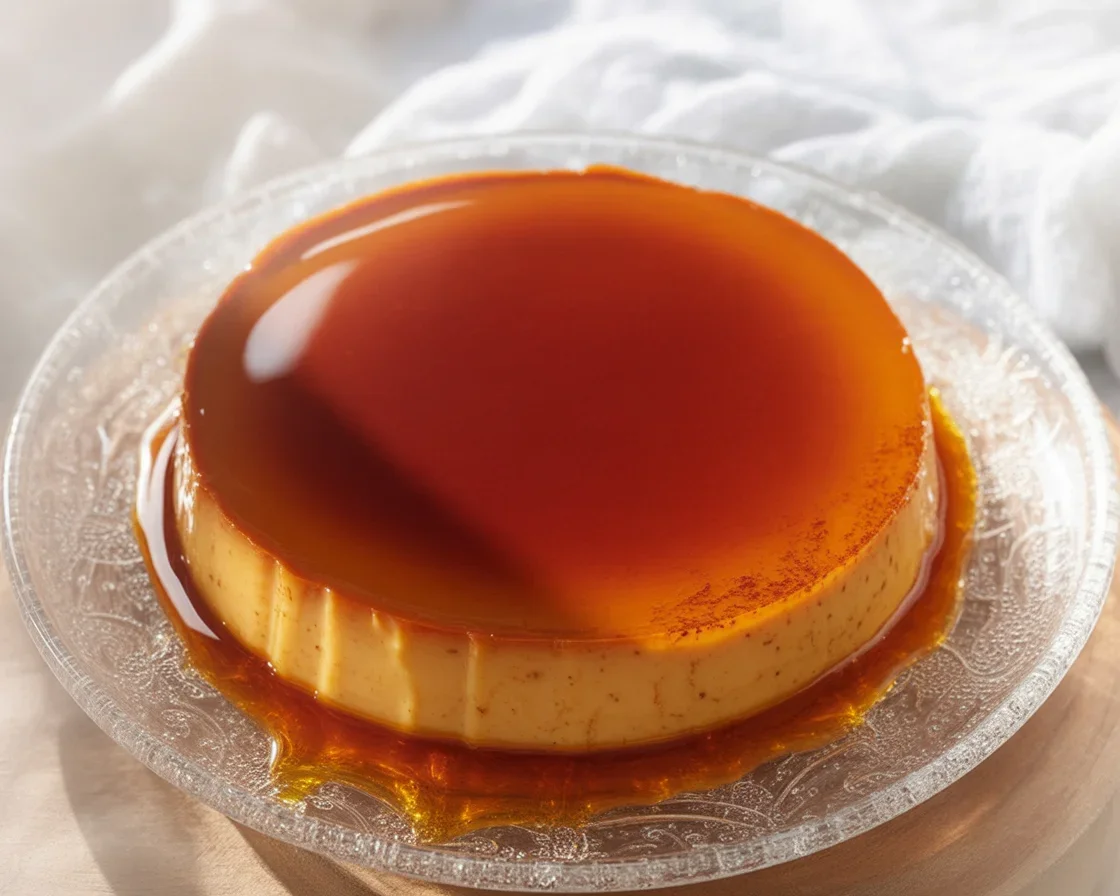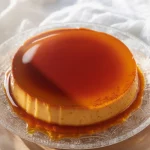Filipino leche flan is on pretty much every holiday table here, but I get it—not everyone grew up with a Tupperware of it chilling in the fridge. Maybe you tried it at a friend’s house or eyed that glossy golden dessert at a party and thought, “There’s no way I can pull this off at home.” For years, I thought the exact same thing. But you know what? Making a really creamy, melt-in-the-mouth version is easier than most folks think, especially with a few tips from my aunties. If you want step-by-step help, I found the baking method way less stressful (here’s a helpful guide for Filipino leche flan baked in the oven). Oh, and if you’ve got curious little ones, check out these fun Filipino recipes for kids to bring tasty traditions home.
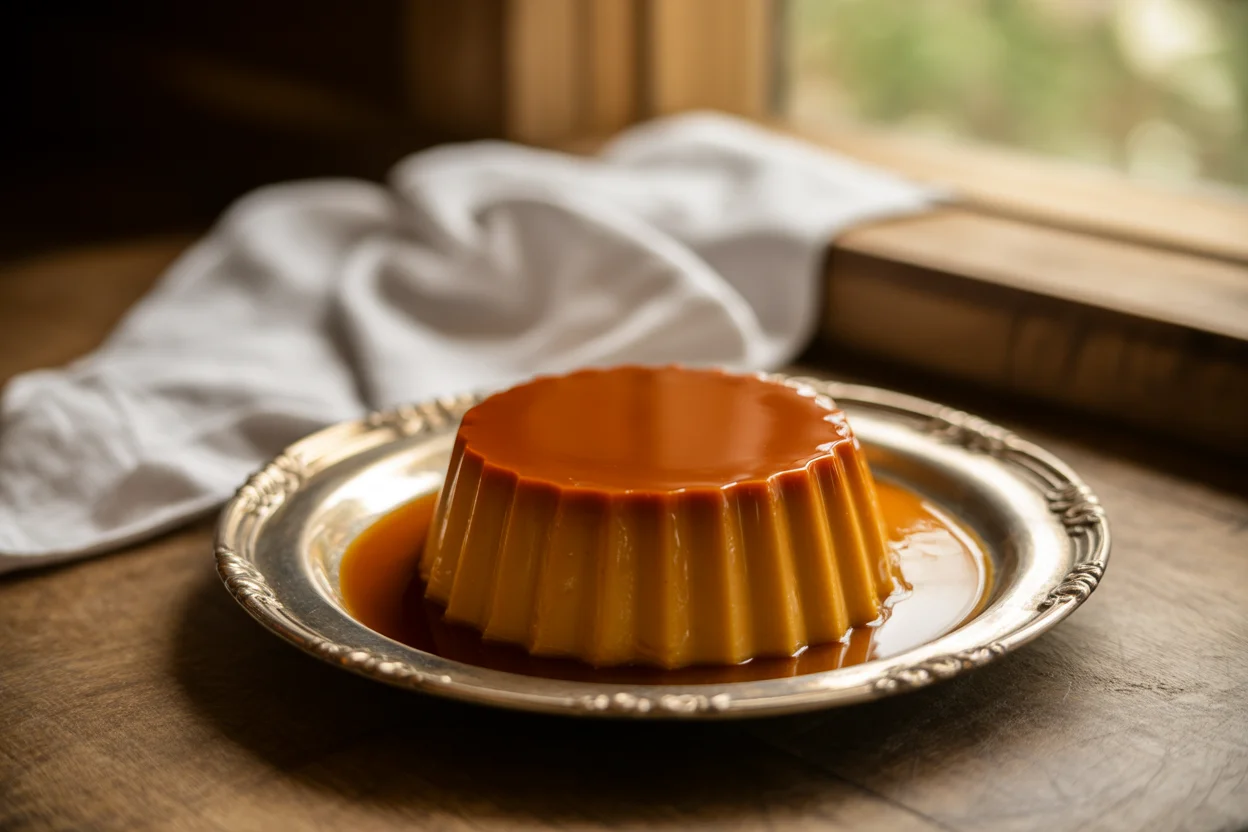
What is Leche Flan?
Leche flan is basically the Filipino take on caramel custard, but honestly, it’s richer and silkier than most desserts I’ve tried. Think ultra creamy custard, sweet and eggy, topped with a golden pool of caramel sauce. It’s got Spanish roots (thanks history!), but our version amps up the yolks and condensed milk for a texture you legit can’t find anywhere else.
This isn’t just a fancy holiday dessert. People serve leche flan at birthdays, fiestas, and, yep, even after a big plate of arroz caldo or bulalo. It’s our comfort food ending, simple as that. The wild part? You actually only need a handful of ingredients—most are already in your pantry, I bet. And don’t be surprised if someone’s lola claims her leche flan is better than anyone else’s (including mine). That’s just how it goes!
Most importantly, with a little patience for the sugar syrup and a keen eye while it steams or bakes, you can whip up a version that tastes like home—even if your home’s a thousand miles away.
“I followed my cousin’s old-school recipe, and it was the first time my flan looked and tasted just like what we had at our noche buena. Silky, sweet, and everyone took seconds. Total throwback to my childhood!”
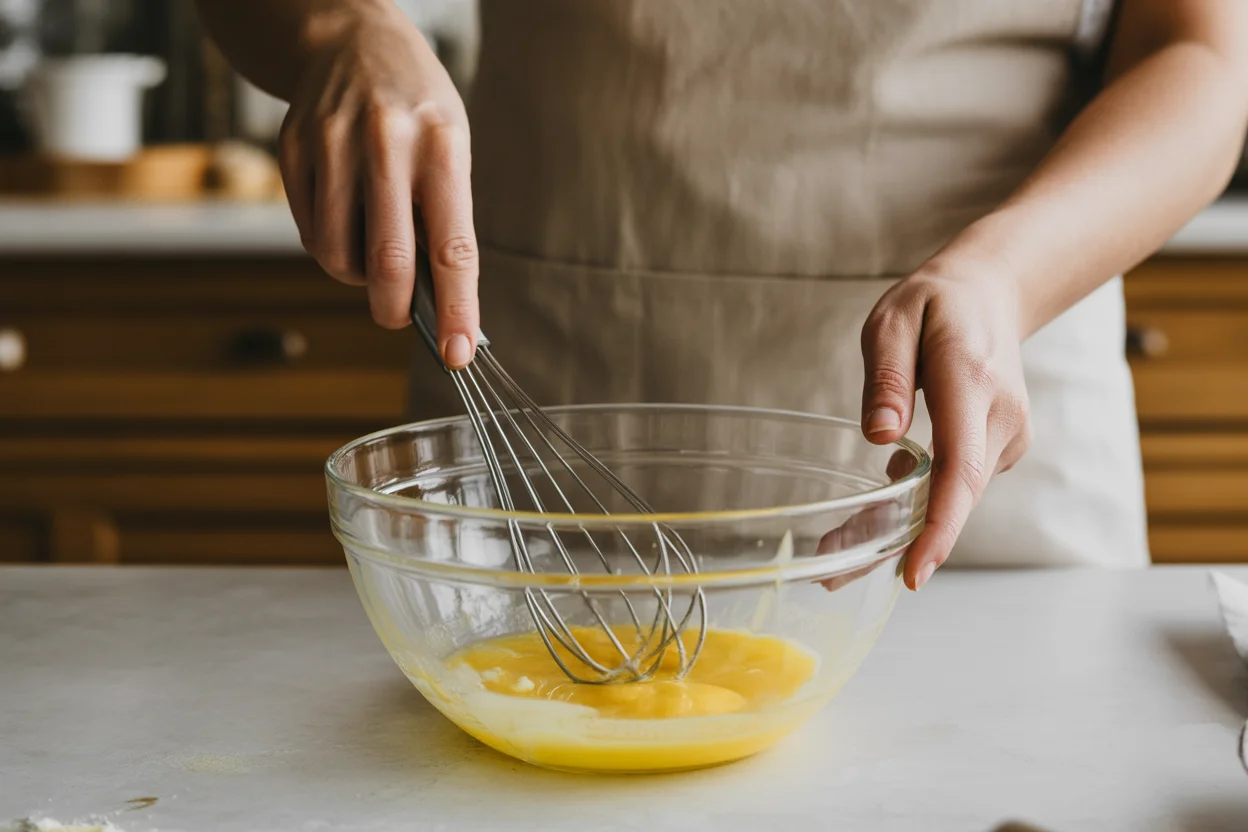
How to Caramelize Sugar for Leche Flan
Here’s where some folks get nervous—caramelizing sugar. It’s a little mysterious, I admit. There’s a trick to it, but nothing science-y. Grab your small pan or directly use the llanera (oval mold) if you’ve got one.
Start with white sugar—about 1/4 to 1/2 cup, depending how saucy you like it. Set it over medium heat and just let it sit for a bit. Resist the urge to stir right away! The sugar will slowly melt and turn from white to pale gold, then to this deep amber. (Don’t walk away, it burns fast, and burned caramel is a sad party.)
Once it gets golden–not too dark, or you’ll taste bitterness—tilt your pan to spread the syrup evenly. Carefully now, this stuff is hotter than your ex’s chili oil. Pour it out so the bottom is coated, tilting and swirling your llanera as you go. Let that cool while you mix up the custard. Boom—your leche flan is already winning.
If you’re feeling like everything is sticking or turning weird, give it a good shake. It doesn’t have to be perfect, and honestly, a few darker bits add a toasty depth. Perfection isn’t the goal—the yum is!
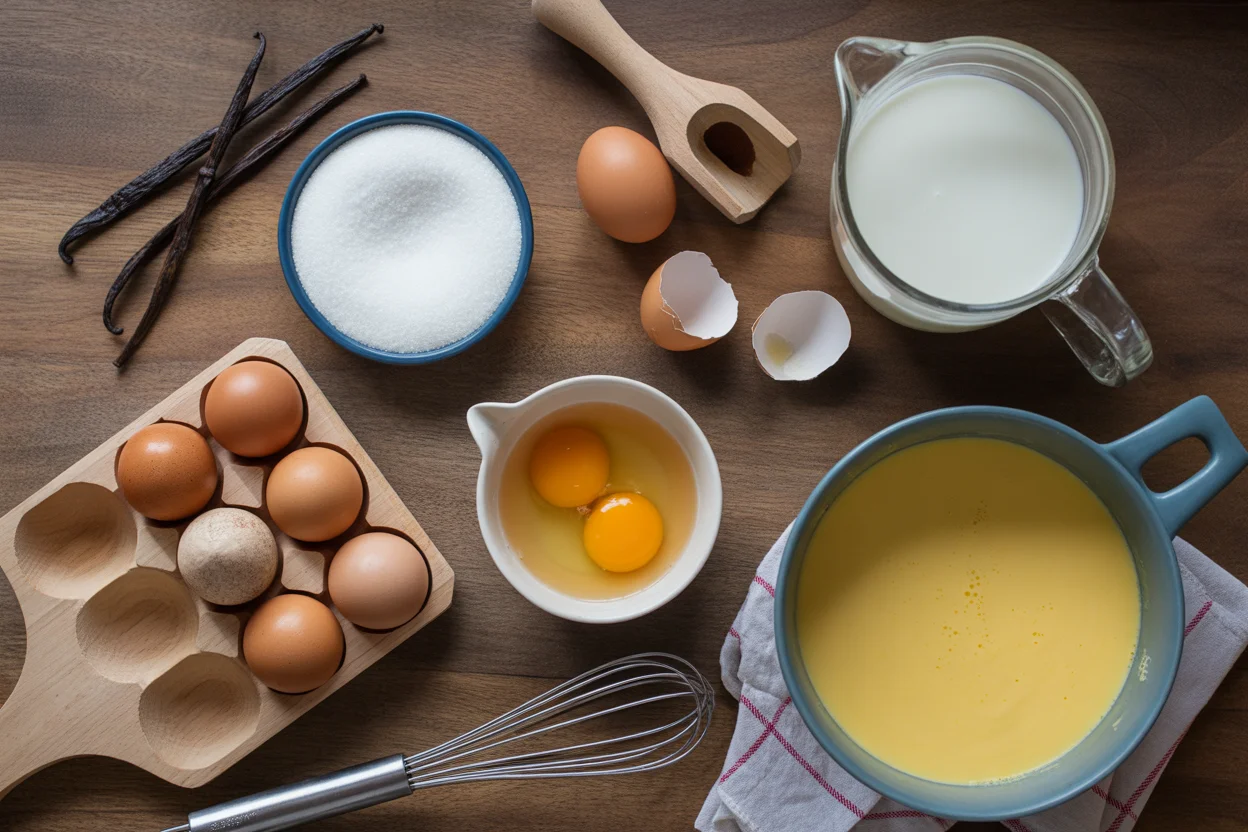
Techniques for a Smooth Consistency
Okay, don’t roll your eyes—but this is the real secret. If you want that five-star restaurant level of silky, smooth leche flan, it’s all about treating your eggs right.
First, crack those eggs gently. Only the yolks are needed (though some folks sneak in a white or two). Over-mixing? Big no-no! It’ll get all bubbly and weird, which means holes in your flan. Just whisk lightly, almost lazily, until mixed.
Now, pour in your condensed milk, evaporated milk, and a dash of vanilla. Quick tip—strain the custard with a fine sieve or cloth before pouring over the caramel. Sounds fussy, but this catches stray egg bits and makes the final flan crazy smooth. Steaming in a water bath (aka bain-marie for folks who like French words) keeps everything gentle—no scrambled egg disasters here.
Another heads-up: Cover the mold with foil so you don’t get water drops ruining the top. I learned that after one too many soggy flans!
Cooking Tips
Leche flan honestly isn’t as intimidating as your cousin’s boyfriend claims. The toughest part is waiting for it to set!
You can bake it or steam it. My favorite? Steaming in a “llanera,” which is the classic Filipino mold, but if you only have ramekins, those work too. For steaming, low heat is your friend. Bubbling = holes and a curdly mess.
Now for baking, use a water bath—a big pan with hot water around your mold so the heat is gentle. Bake at about 350°F until set but with a little jiggle. This can take anywhere from 30 to 50 minutes (don’t start a movie—check it early and then every 10, just in case).
Patience, please. Let it cool completely (ideally overnight in the fridge) so everything sets up. Turning it out too early? Recipe for disappointment—ask me how I know. Gently run a knife around the edges before flipping, and hope for that caramel waterfall moment.
Burned sugar, tough custard, or eggy smell? Usually from rushing or cranking up the temp. Just remember—gentle heat, patience, and some faith.
Serving and Storing Leche Flan
Here are a few quick pointers so your leche flan experience is top-tier:
- Serve super cold—overnight in the fridge is best.
- Flip it on a big plate with a lip, or you’ll lose that caramel (learned the sticky way).
- Top with a little fresh fruit for something fun (but honestly, classic is best).
- Store leftover slices covered in the fridge for up to 4-5 days—they get even tastier!
Once you’ve mastered the basics, you’ll find yourself making it for everything from weekend cravings to potluck show-offs. And don’t be surprised if folks demand you bring this every time.
Common Questions
Q: Do I have to use a llanera?
A: Nope, ramekins or any small heat-resistant pans work fine. Llanera just gives you that classic look!
Q: Why is my flan full of bubbles?
A: Usually from whisking too hard or cooking at too high heat. Next time, whisk gently and use a water bath.
Q: Can I make it less sweet?
A: For sure! Switch some condensed milk with regular evaporated milk or sub in a little whole milk.
Q: How do I know when it’s done?
A: It should jiggle like soft Jell-O but not be liquid. Stick a toothpick in—the middle should come out mostly clean.
Q: Can I freeze it?
A: Not the best idea. The texture gets weird, so just keep it in the fridge and invite friends over to help eat it.
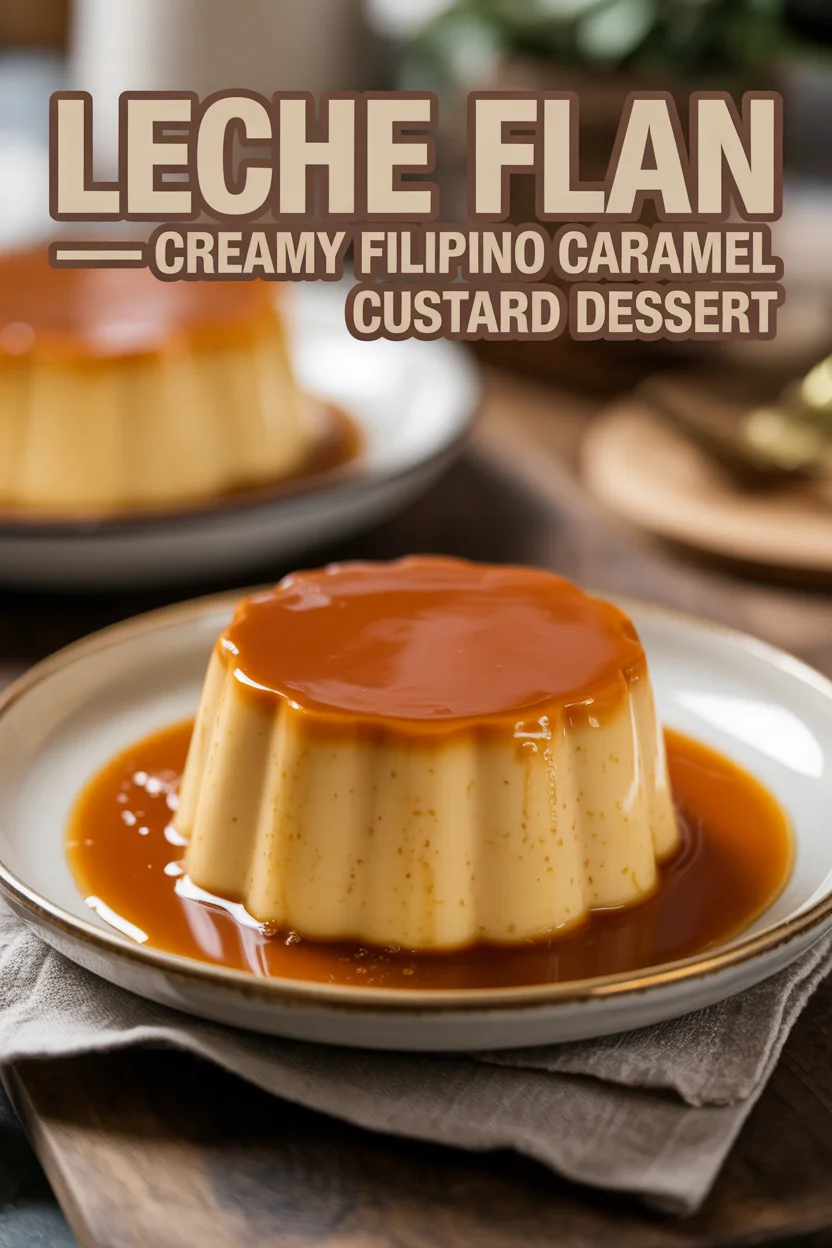
Wrapping It Up
If you’ve ever been tempted by the glistening magic of Filipino leche flan at a gathering, trust me—you can totally make it at home. With just a little patience and a pinch of practice, you’ll have a silky, sweet, classic dessert any day of the week. Pair it with family favorites like arroz caldo or even crispy turon for the ultimate comfort food lineup.
For a personal spin on the recipe, I’m a fan of using the step-by-step method from this Filipino leche flan baked in the oven guide, and if you wanna keep the kids excited about Filipino flavors, check out even more ideas from this list of kid-friendly Filipino recipes. Need a second opinion? I found My Mom’s Leche Flan Recipe to be extra handy when I first started out—tons of extra little tips you might not hear from relatives!
Anyway, don’t stress over perfection. Leche flan’s about sharing, slurping up the caramel, and, yeah, scraping the last bits when no one’s watching. Enjoy!
Filipino Leche Flan
Ingredients
For the Caramel
- 1/2 cup white sugar Used for caramelizing
For the Custard
- 10 pieces egg yolks Only yolks are needed for a rich texture
- 1 can condensed milk For sweetness and creaminess
- 1 can evaporated milk Adds smoothness
- 1 teaspoon vanilla extract Adds flavor
Instructions
Preparation of Caramel
- In a small pan over medium heat, add the white sugar and allow it to melt without stirring.
- Once the sugar reaches a deep amber color, carefully tilt the pan to spread the caramel evenly.
- Pour the caramel into the bottom of a llanera (oval mold) and let it cool.
Custard Preparation
- In a mixing bowl, gently whisk the egg yolks until smooth. Avoid over-mixing.
- Pour in the condensed milk, evaporated milk, and vanilla extract. Mix until combined but avoid bubbles.
- Strain the mixture through a fine sieve to ensure smoothness.
Cooking
- Pour the custard mixture over the cooled caramel in the llanera.
- Prepare a water bath by placing the llanera in a larger baking dish filled with hot water.
- Bake at 350°F (175°C) for about 30 to 50 minutes, until set but still slightly jiggly in the center.
Cooling and Serving
- Allow the leche flan to cool completely, preferably overnight in the refrigerator.
- To serve, gently run a knife around the edges and flip onto a plate with a lip to catch the caramel.
